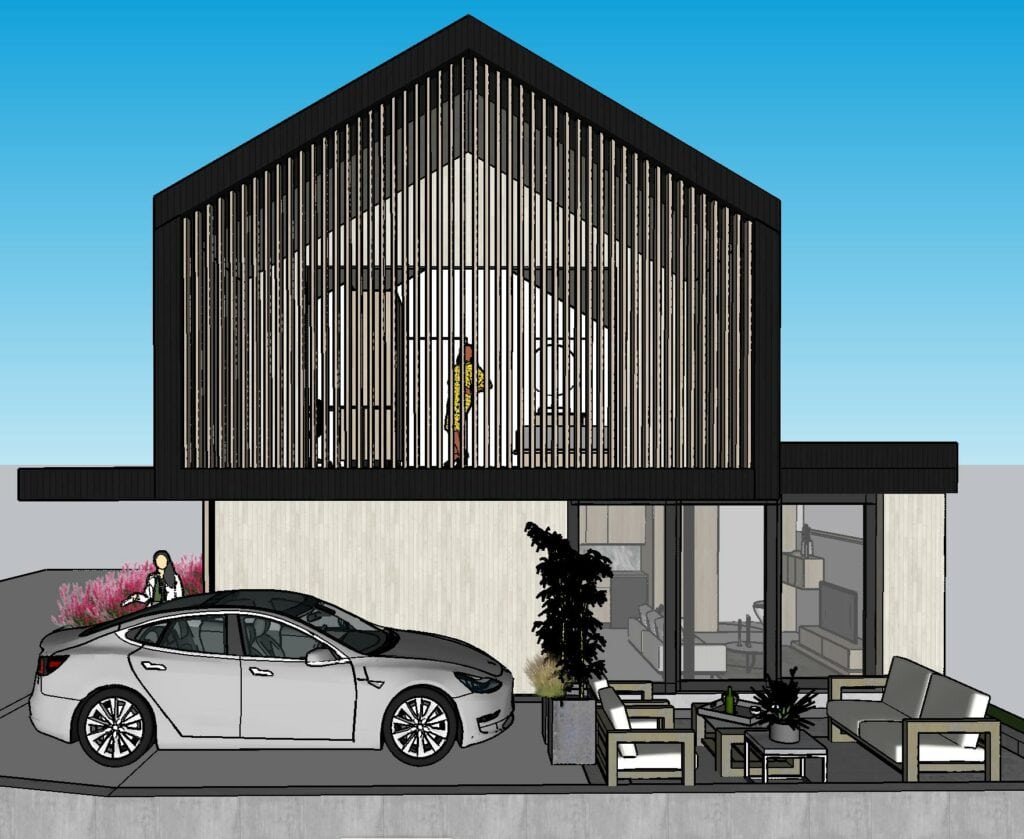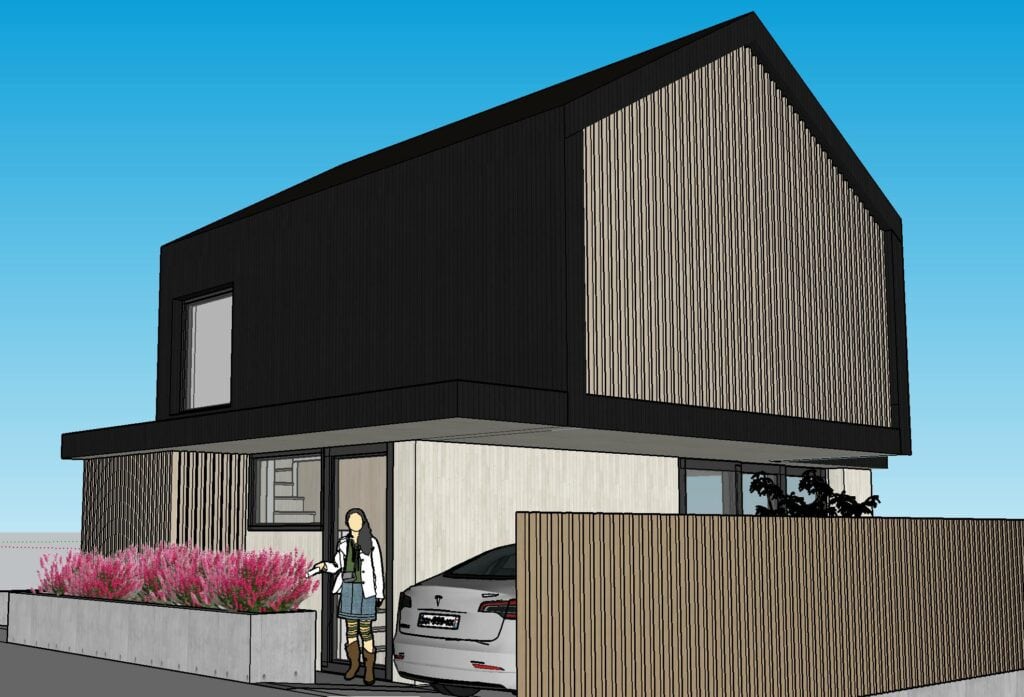Achieving the Passive House standard can be more challenging in smaller buildings due to the surface area to volume ratio. This ratio is a critical factor in the building’s energy performance which affects the rate of heat transfer through the building envelope.
In smaller buildings, there is a higher ratio of surface area to volume, which equates to more external surface area relative to the internal volume. This results in more heat loss through the building envelope, making it more difficult to maintain a comfortable indoor temperature.
To counteract this problem, thicker insulation, higher-performance windows, very airtight construction can all be implemented to achieve the required level of energy performance and thermal comfort. Generally, the largest single factor in determining the success of a small Passive House is if the design can maximize heat gains with good southern solar orientation.
It’s worth noting that although smaller buildings can present challenges in achieving the Passive House standard, they can also offer some advantages. For example, smaller buildings require less energy to operate, and therefore, they can be more cost-effective to maintain over the long term.


